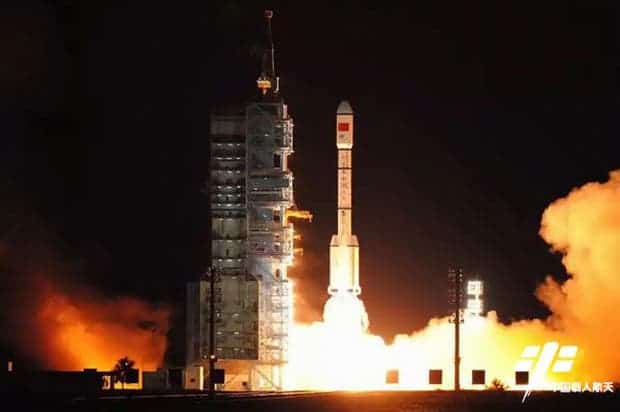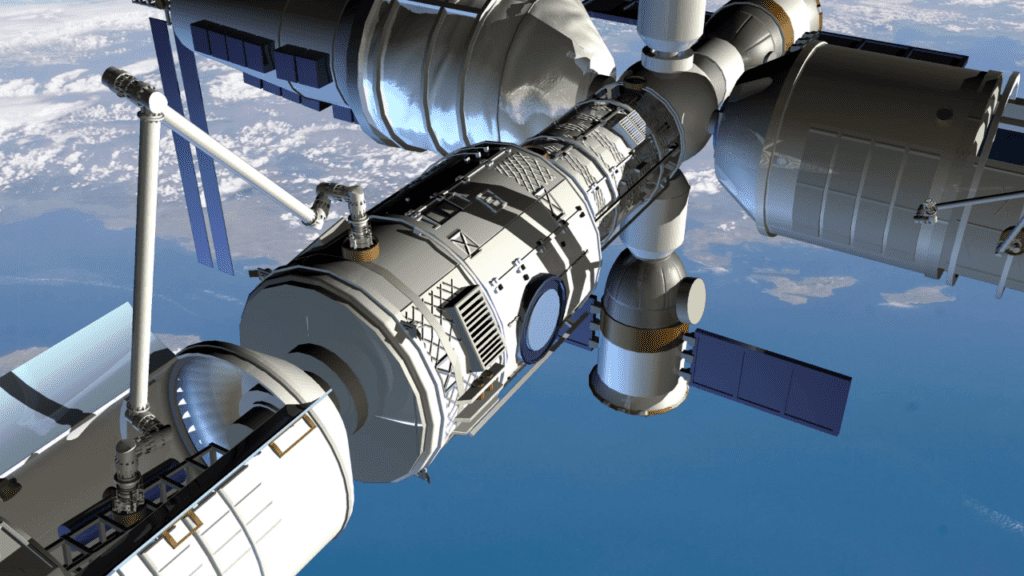China’s ambitious space program just got a massive boost after the nation launched its second space lab at 10:04 a.m. EDT this morning. The craft carrying the space station is expected to eventually settle into an orbit about 236 miles (380 kilometers) above Earth and perform a series of initial tests and checkouts. The space station, called Tiangong-2 (Heavenly Palace 2), will operate for two years during which it will serve as a research lab for international space experiments.
Tiangong-2 comes with a number of upgrades over its previous version like an experimental docking station which will serve both cargo and astronauts. Other upgrades include larger living quarters and more functional life-support infrastructure which will allow the crew to stay longer on the station.
“The launch of Tiangong-2 will lay a solid foundation for the building and operation of a permanent space station in the future,” Wu Ping, deputy director of China’s manned space engineering office, said during a prelaunch briefing Wednesday.
The first Chinese astronauts destined for the space station will arrive in October for a 30-day stay, ferried by the Shenzhou spacecraft. In April 2017, if all goes well, the Tianzhou-class cargo spacecraft is expected to dock with Tiangong-2, marking the first time the spacecraft will launch.
The space station is yet another stepping stone after the successful Tiangong-1 in China’s dream to build a competitive space program that will rival and eventually surpass those operated by the USA, Russia and the EU. Tiangong-1 launched in 2011, and in 2012 welcomed its first astronauts in an event that carried many premiers. It marked the first time a Chinese mission crew docked with a space platform and the first ever Chinese female astronaut to travel in space.
Tiangong-1 ended its operational life in March of this year and will likely fall back to Earth in the second half of 2017. Conveniently, Tiangong-2 is here to take its place and when it too will be destined to crash into Earth’s oceans in a fireball, there will be a Tiangong-3. The third space station is slated for launch in 2022 aboard the Long March 5 rocket, currently under development by the China Academy of Launch Vehicle Technology.
Also on the menu is a probe destined for the dark side of the moon, a Mars rover destined for 2020, an advanced telescope that will dock with Tiangong-3 and, finally, a manned mission to Mars by 2036. In the immediate future, however, China wants to use what it learns with the Tiangong missions to deploy its own large space station, one that would rival the International Space Station, sometime in the 2020s. China is banned from participating in missions or even science experiments involving the International Space Station.











